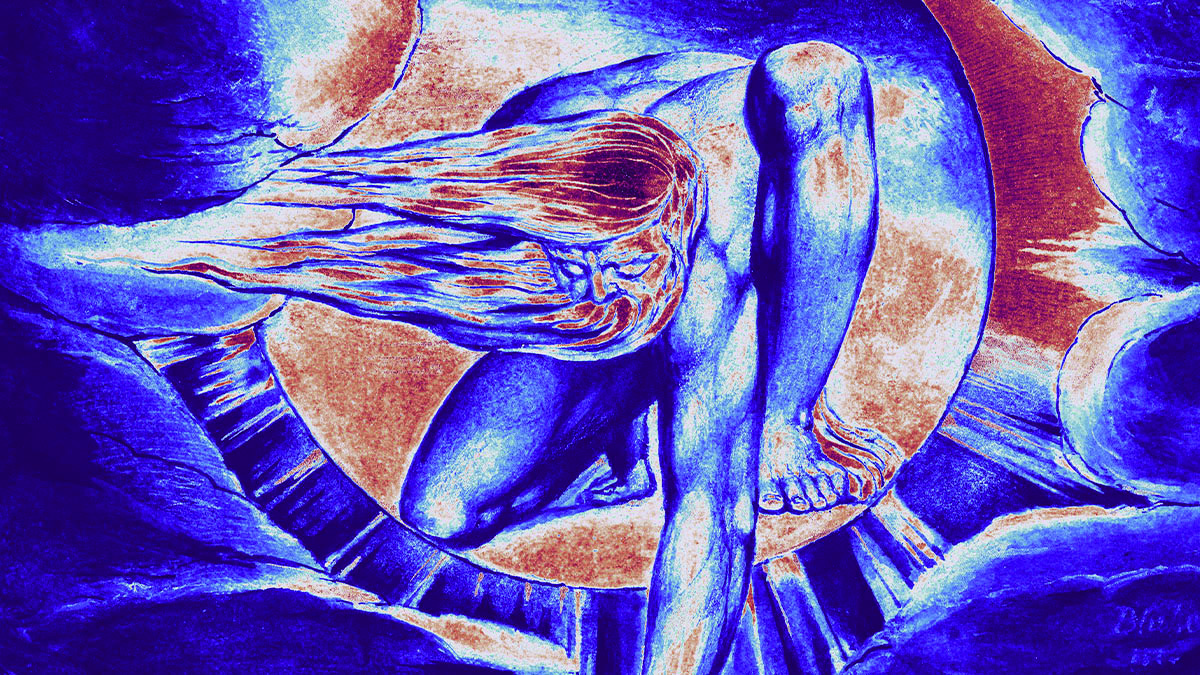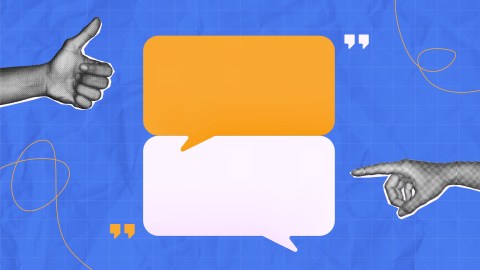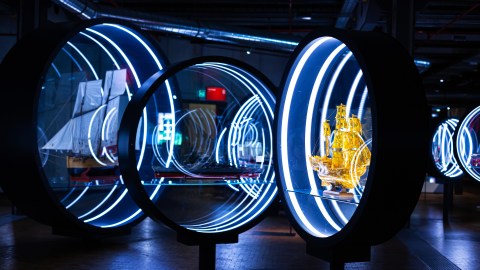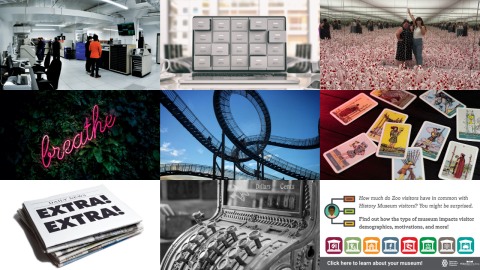
This article originally appeared in Museum magazine’s January/February 2023 issue, a benefit of AAM membership.
A brief guide to terms that may be popping up in your newsfeeds.
The Metaverse: a blending of physical and virtual realities, from augmented reality (images, text, or sound layered onto the real world) to immersive virtual worlds. This is not a new concept—Second Life, a virtual reality platform that launched in 2003, contains dozens of museums, both unique, born-digital experiences and digital clones of physical institutions. The metaverse is currently receiving a lot of attention because some major technology companies, notably Meta (formerly Facebook), plan to pivot their business models from social platforms to immersive virtual experiences. Outside the gaming community, adoption of this technology has been slow, but migration into the metaverse for work and leisure may speed up as better technology and platforms are rolled out.
Web 3.0: a term describing the decentralized internet, built on technologies like blockchain that allow storage and control of data to be distributed across servers owned by many individuals or organizations. It is being positioned as a means to democratize the web, as it enables users to bypass the centralized control wielded by major technology companies. The development of Web 3.0 is primarily being driven by the potential to create new economies around digital assets such as cryptocurrencies and NFTs (digital collectibles). The designation “3.0” places this version of the web in an evolutionary tree that starts with Web 1.0, in which users were limited to passively viewing static content, and Web 2.0, the participatory, social, collaborative web that spawned Wikipedia, Facebook, YouTube, Flickr, and Reddit. For a primer on blockchain, download TrendsWatch 2019 from the AAM website.








